The bloody divide
The sectarian, urban strongholds of militants are still outside the fold of the state’s operations

Women protesting against the targeted killing of shopkeepers belonging to Hazara community on June 8, 2015. PHOTO: BANARAS KHAN/EXPRESS
Tensions between Shia and Sunni communities over the years have led to outbreaks of extreme violence and loss of lives and the destruction of property. As the extremist mindset has become embedded ever deep in the national psyche, the vicious cruelty of attacks on the Shias grow. Attacks on buses on the Karakoram Highway along the lonely stretch between Dassu and Chilas, or in Karachi in the middle of a crowded urban area, are indicators of the powerlessness of the state. Now, another set of killings of Shias in Quetta on June 8, where innocent shopkeepers were gunned down by the ubiquitous ‘unknown assailants.’
As ever, the response to the incident is reactive, with some hand-wringing and promises to track down the culprits. But this was not ‘spectacular’ like the recent killings in Karachi that made world headlines; this was a few people in a poorly-reported backwater and will be gone from the headlines in 24 hours or less. As has been noted in these columns in the past, the fight against extremism and sectarianism will never be won by bombs and bullets alone. The greater and more elemental battle is for hearts and minds, the necessary shift of paradigms, an alteration in the way people think and behave. Besides, the current counterterrorism operations are heavily skewed in favour of the North Waziristan hideouts. The sectarian, urban strongholds of militants are still outside the fold of the state’s operations. Unless and until there is a unified national attempt towards concerted action, the butchery will continue. Expect no early progress.
Published in The Express Tribune, June 11th, 2015.
Like Opinion & Editorial on Facebook, follow @ETOpEd on Twitter to receive all updates on all our daily pieces.

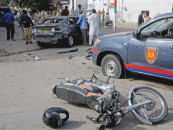
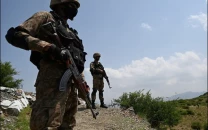
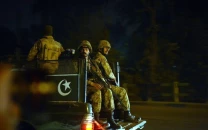
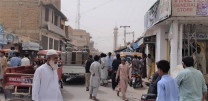
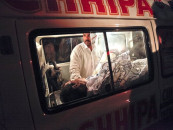
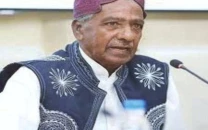












COMMENTS
Comments are moderated and generally will be posted if they are on-topic and not abusive.
For more information, please see our Comments FAQ